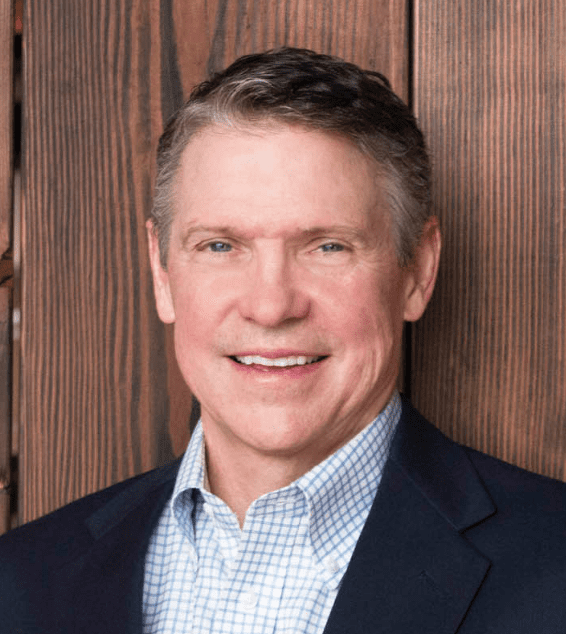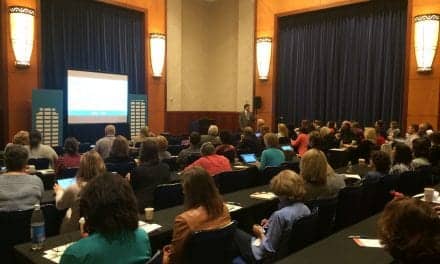Why do patients want to finance healthcare-related products and services? While it’s safe to say that most patients seeking financing options do not have vast economic resources, it would be incorrect to assume that they lack a steady income.

“When you’re dealing with patients on limited or fixed incomes, they know their monthly income,” explains Dan Quall, MS, director of Strategic Initiatives at Fuel Medical, Camas, Wash. “When they finance, it’s easy for them to know how much they can pay each month. That’s hard to do with a credit card because the fees are so high. They are much better off financing if they want to pay monthly.”
Another subset of patients truly can’t afford healthcare, or at least they believe they can’t. Hans Zandhuis, head of Charlotte-based Ally Lending, has seen the phenomenon first-hand over the last five years.
These potential patients end up not getting the healthcare they need, often because they misunderstand the lending options in the healthcare space.
“As providers of healthcare incorporate lending into their business, it actually opens up the customer base because people then realize, ‘Oh my gosh, I can’t afford hearing aids, but I probably could afford a $59-a-month [or similar] payment, and then I will actually be able to hear,’” says Zandhuis. “It motivates them to make the appointment and see what the choices are. Lending options need to be part of how people position medical services, so patients can get the services they need.”
Related article: Younger Patients’ Buying Preferences and Trends in Hearing Aid Financing

The trend toward more digestible monthly payments is consistent with the consumer tendency to look for alternative ways to pay for high-cost items. Zandhuis believes the old standby of credit cards are increasingly less desirable, because buyers “don’t really want to tie up their credit cards. They want to keep their credit cards for emergencies. Consumers are now more inclined to make a personal loan payment every month for items such as hearing aids.”
Increasingly, consumers would rather pay for expensive goods and services with a series of loans, so they can stick to their budget and easily see what they owe. One may be for hearing aids, another for the car, making it easy to see how much money is going out. Many of these loans are low-interest and some may even be no-interest, ultimately adding value to the hearing care practice and potentially attracting many more patients.
According to Zandhuis, much of the medical space for loans is in the $4,000 to $5,000 range, placing it squarely in the realm of hearing aids. Ultimately, the groups that Ally works with succeed, because they embrace the concept and believe it’s a valid part of the sales cycle. “It’s an important part of the workflow, of taking the leads to closing,” Zandhuis says. “There are groups out there who haven’t embraced it, but I believe the groups that do more business are the ones that tend to include financing as an option.”
Dan Quall believes the associated fees that comes with low and no-interest loans are “absolutely worth it” for audiologists, calling it part of doing business. Quall puts it this way: “If you take a credit card, it’s usually a 1.75% to 2.25% hit on every transaction. You might take a little heavier hit with financing, but you’re getting patients into a treatment plan at a budget that makes sense for them—and as a professional, you’re getting paid. From a business cash-flow point of view, that is really valuable. “A lot of people miss opportunities to get people into hearing aids because they don’t let them know that they have a financing program,” he adds. “These programs, where it’s 1-year low interest, can be very attractive to consumers. When you’re trying to differentiate yourself in today’s very competitive market, having those kinds of flexible programs in place can make the difference between fitting 15 units in a month and maybe 19 in a month.”





